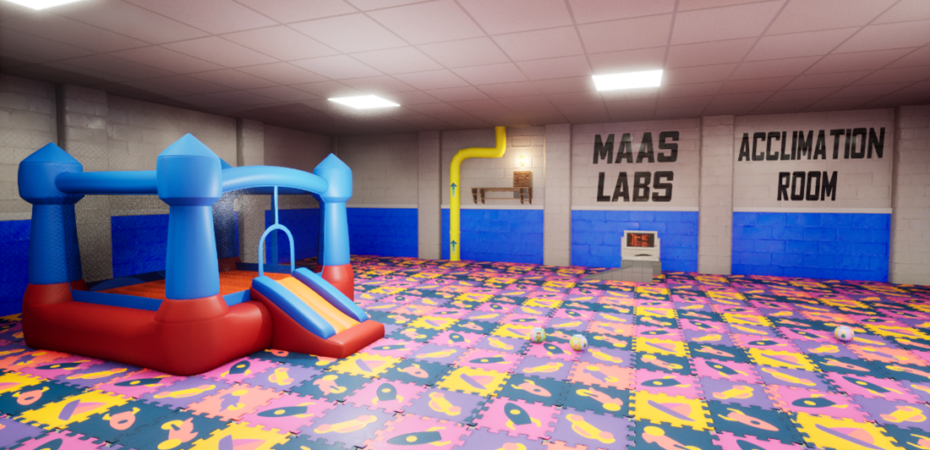
In this post, Tristan Brossy de Dios, Richard Fitzpatrick, and John Menzies showcase a fascinating game based approach to investigate students’ beliefs, values, and behaviours towards lab animals. This post is a summary of their presentation at the Learning and Teaching Conference↗️ and belongs to July-Aug Learning & Teaching Enhancement theme: Learning and Teaching Conference 2023↗️.
How do you investigate compassion?
How do you investigate it for a context which is rarely discussed?
Video games, and the people who make them, have a vast amount of experience with making people feel things. Game studios invest huge amounts of time and effort making characters, worlds, narratives, and gameplay which draw a player in, making them feel part of the experience, and in many cases leading to strong emotional connections that last for a lifetime.
As game design has developed, it has begun to embrace complex, thorny ethical conundrums. In games like Fallout: New Vegas and Suzerain, you are forced to make decisions which impact you and those around you. The consequences of your choices might be immediate, some longer term. Many games now have outcomes that depend on the complex interaction of previous choices made in the game, making the “right” option ambiguous, if not impossible. This ambiguity can ensnare players. You can ponder agonisingly about in-game decisions, and their consequences. Gamers’ online forums regularly feature people avoiding making a decision that might ‘hurt’ their favourite in-game characters. It’s this aspect of connecting with video games we wish to capture in our own endeavour.
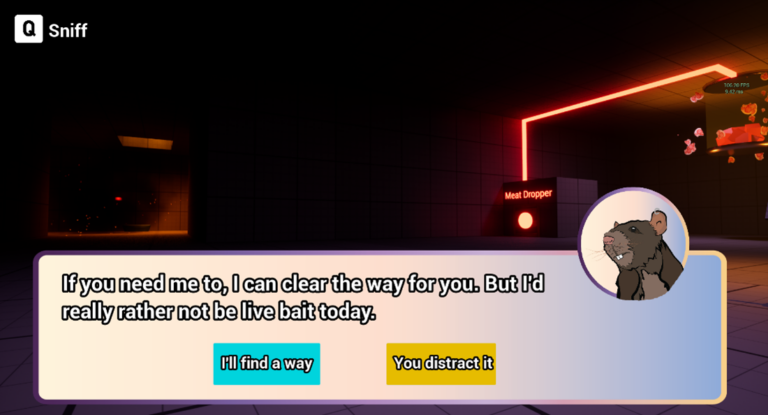
We are developing a digital game where you play as a laboratory rat, freshly arrived in a near-future private biomedical sciences lab, specialising in the neuroscience of memory. As this rat, you learn to complete ‘jobs’ (i.e., experiments) to receive food and water and to spend time in a modular ‘rat city’. This living space is where the player can interact with other rats, explore the world and play minigames until they wish to return to the main experimental jobs.
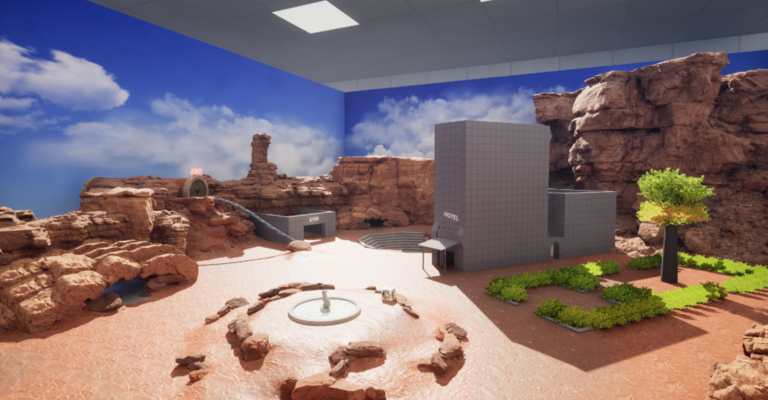
We are designing the game such that players can choose how they engage with the world – if they enjoy discovering the essence of being a rat, they can do so. Similarly, if they enjoy more “thinking like a rat” to complete the job challenges, they can focus more on that.
The aim is to allow players to engage with what it is to be a rat, and reflect on how they currently think about lab animals. We want the game to be a shared experience through which we can investigate students’ beliefs, values, and behaviours towards lab animals (as sentient beings, or not). We hope to do the same with current researchers – the game is a method of grounding conversations in focus groups and interviews within the human-lab animal context, allowing us to better grapple with notions of compassion, empathy, and ethical relations between humans and lab animals.
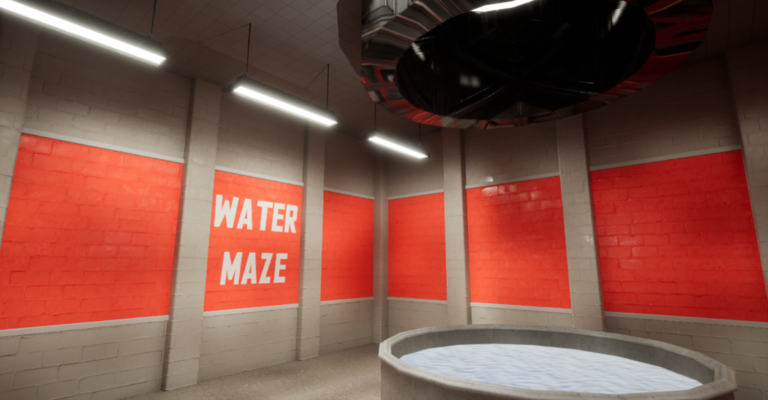
In the spirit of the 3Rs (www.nc3rs.org.uk↗️), we have designed the game to be modular and adaptable to suit others who may wish to take elements for their own interests. For example, we are planning to include dialogue between the player and a rat character who suffers with chronic pain. Those interactions could help someone understand their own ethical stance much more concretely than asking for potentially somewhat detached self-reflection on the question “are chronic pain experiments on rodents ethical?”.

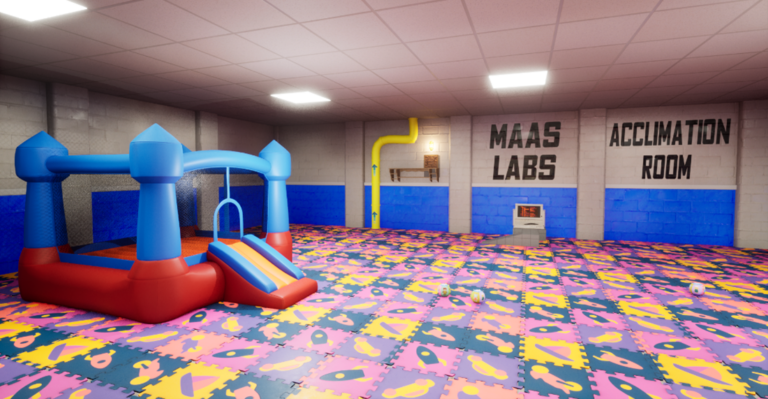
The period of our PTAS funding is winding up, but we will bring in a new team of students studying game design to help iterate on the work of our current game developer (Tristan). This will give us more expertise in dialogue, art design, programming etc., whilst giving the students a real client to work with and achieve a particular aim.
We hope that using this approach also builds up a pipeline by which students and staff interested in game-based approaches can try out their ideas. Game design is complex, time consuming, but ultimately very rewarding, and the results are a relatively untapped resource for research, teaching, and engagement.
 Tristan Brossy de Dios
Tristan Brossy de Dios
Tristan Brossy de Dios is a game developer and a recent graduate of BSc Computer Games Design (Hons.) at Glasgow Caledonian University.
 Richard Fitzpatrick
Richard Fitzpatrick
Richard Fitzpatrick is a PDRA in Bioinformatics Education and GBU Curriculum Developer in the School of Biological Sciences.
 John Menzies
John Menzies
John Menzies is a PI in the Centre for Discovery Brain Sciences, Director of UG Programmes at the University of Edinburgh-Zhejiang University Joint Institute, and a Fellow of the HEA.

